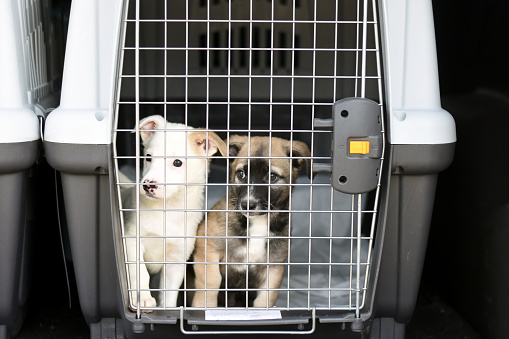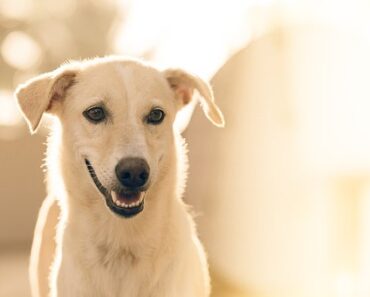Carrying items are essential tools for all dog owners wishing to travel with their companion. Rigid, sober or patterned, many models are available on the market. It is not always easy to find your way through the plethora of products on offer! In this article, we will discuss how to choose the right carrier or bag for your pet, so that it is adapted to the use you wish to make of it.

Cage or bag: what are the differences?
The answer to this question will depend on what you want to use it for.
If you are looking for a product that can accompany you on a plane or protect your faithful friend in the car, the rigid plastic cage will be the only possible option. Access to the cargo hold of airplanes requires a cage that meets the requirements of the IATA standard. In the car, a rigid cage that can be easily fixed or wedged in your trunk will be ideal.
If your priority is mobility, a soft bag will do the trick. Lighter and easier to handle than a cage (some are even foldable when not in use for easy storage), carrier bags often have a handle or two straps to help you carry them.
Whatever you choose, you’ll need to choose your container based on the size of your dog.
What size to choose?
In the right size carrier, your dog can stand up and lift his head without touching the edge of the carrier. He should also be able to sit and lie down without being embarrassed.
A carrier should be larger than a bag because its rigidity can prevent certain movements. It should leave at least 5 to 10 centimeters above the raised head of your companion in order to avoid that it bumps. On the ground, it is commonly accepted that your dog should be able to turn around without having to contort himself. If the crate is to be used for long transport, it should be a little larger, so that you can add, for example, a small cushion or bowls inside.
What other criteria should I consider?
Other features can help you make your choice, such as the presence or absence of wheels and handles, which can help you transport your pet without damaging your back.
For a bag as for a cage, it is interesting to consider its opening and closing possibilities. Not all systems are equal, and some will be more robust and/or easier to handle… good arguments when you have to use this accessory regularly.
In conclusion, it is advisable to define your priorities during your purchase by asking yourself the right questions: For which use will this accessory be mainly intended? Will I have to wear it for long distances? Will it protect my dog in the car or on the plane? And finally, the most important question: Will it allow my dog to travel serenely and comfortably?






